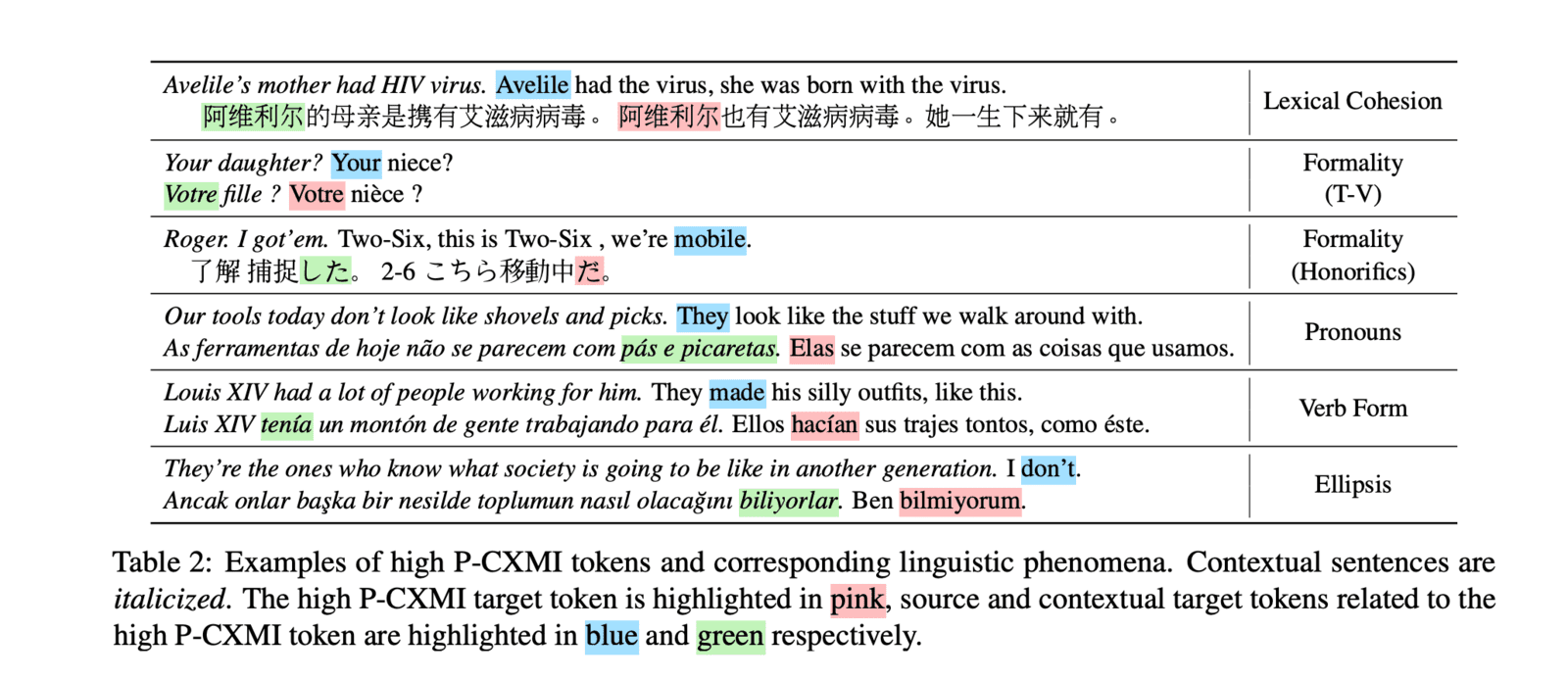
Recent advances in generative artificial intelligence have led to great improvements in machine translation, with AI systems able to translate text between languages with impressive quality. However, new research reveals these systems still struggle with ambiguity and discourse phenomena that require broader context beyond individual sentences.
Researchers at Carnegie Mellon University and University of Lisbon systematically studied when context is needed for high-quality translation across 14 languages. By analyzing AI model predictions, they identified common ambiguity patterns including:
- Lexical cohesion - Using consistent words to refer to the same entity across a document.
- Formality - Properly translating formal vs informal pronouns based on social relationships.
- Pronouns - Identifying the correct gendered pronoun when translating.
- Verb forms - Choosing the right verb tense and conjugation to match the tone and flow.
- Ellipsis - Filling in omitted verbs and subjects that require inferred meaning.
The study found even state-of-the-art commercial systems struggle with these discourse phenomena compared to translating simpler, unambiguous sentences. The AI models only showed marginal improvements when given surrounding context, suggesting current techniques are inadequate.
For business leaders employing machine translation, these findings reveal a gap between today's AI capabilities and the nuance of human language. While fine for simple uses, ambiguity and discourse still pose a major challenge. For mission-critical applications, companies should be aware of potential errors with discourse and not fully trust black-box AI systems.
Advancing natural language AI to properly incorporate discourse and context remains an open research problem. As models ingest more diverse training data and learn complex reasoning, the goal is to reach human-level mastery of pragmatics. Moving forward, evaluation benchmarks that test contextual understanding will be crucial to drive progress.
The road to fully fluent AI is still long, but identifying specific weaknesses around ambiguity lays the groundwork for breakthroughs. With focused efforts to handle discourse, translation models that know what truly matters in the broader context may soon get the gist across languages.
Source:


